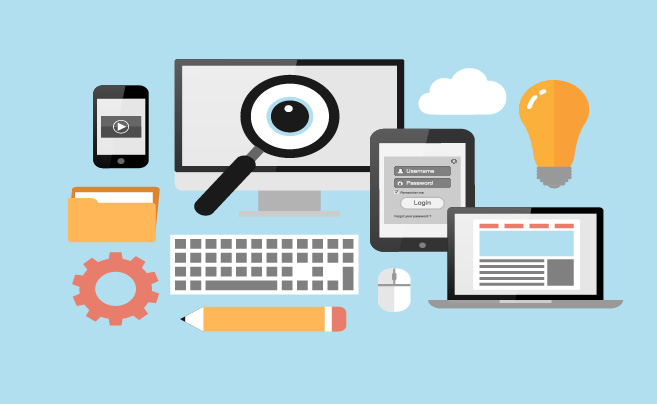Technology analysts Gartner predicted that by 2018 more than half of consumers would be using a tablet or smartphone first for all online activities, instead of a laptop or desktop. Increasingly these devices belong to the user not to the business—what the industry calls Bring Your Own Device or BYOD.
But to what extent do we understand the role of different devices? Why and when do business users switch between their tablet, smartphone and computer, and what motivates them to use each device? In order to design an effective BYOD at work policy, these questions that need answers.
Multiple reasons for multiple devices
Once the only devices on an average employee’s desk were a phone and a desktop computer. Today, you’ll find a laptop, a smartphone, perhaps a tablet or an e-reader. They may even be wearing a smart watch. It’s common to use each of these over the course of a working day.
A recent global survey from Qlik revealed 3 main reasons why:
- Employees believe that using multiple devices increases their productivity.
- Employees use multiple devices in order to stay connected. For example, an email sent at the end of the work day could be checked on a smartphone on the walk home.
- Using multiple devices enables employees to respond quickly to changing events. When you’re working on your laptop in a meeting and receive an important phone call or email, a secondary device can allow you to act promptly without seriously interrupting your workflow.
One activity—many devices
Nevertheless, we do not only use a variety of devices for diverse tasks, often we move between devices to complete one activity. Typically, work started using a laptop will likely be finished on a laptop. When we begin activities using a smartphone, we often reroute our tasks to a laptop at some point. Tellingly, the tablet is the least popular device on which to start and complete tasks. In fact, watching video appears to be the only task for which we use a tablet from start to finish. Even for chatting and calendar management, we switch over from a tablet to our smartphones.
Mobile-first
Clearly, workers feel that switching between devices allows them to act more effectively. However, in order for companies to reap the benefits, this way of working must be facilitated by management.
Partly, this involves giving employees the best, mobile-first tools. That is, solutions developed and designed primarily with the mobile user in mind. With mobile-first technology, all content appears complete and correct on a smartphone screen, enabling users to access information quickly and efficiently even on a relatively small device.
Sadly, many software vendors are still not developing with a mobile-first mindset. It is therefore important that management pay attention to this when rolling out new technologies. In the case of business analytics, to truly meet the demands of the user, the technology must be in the hands of a high proportion of the workforce, not just a select few individuals. For those users to get the most out of the system, it must incorporate a mobile-first design. Today’s users simply expect to access the system’s best functionality anytime, anywhere and from any device. Mobile-first technology isn’t a silver bullet, but in creating a BYOD at work policy that is useful to both managers and workforce it can make an important contribution.







